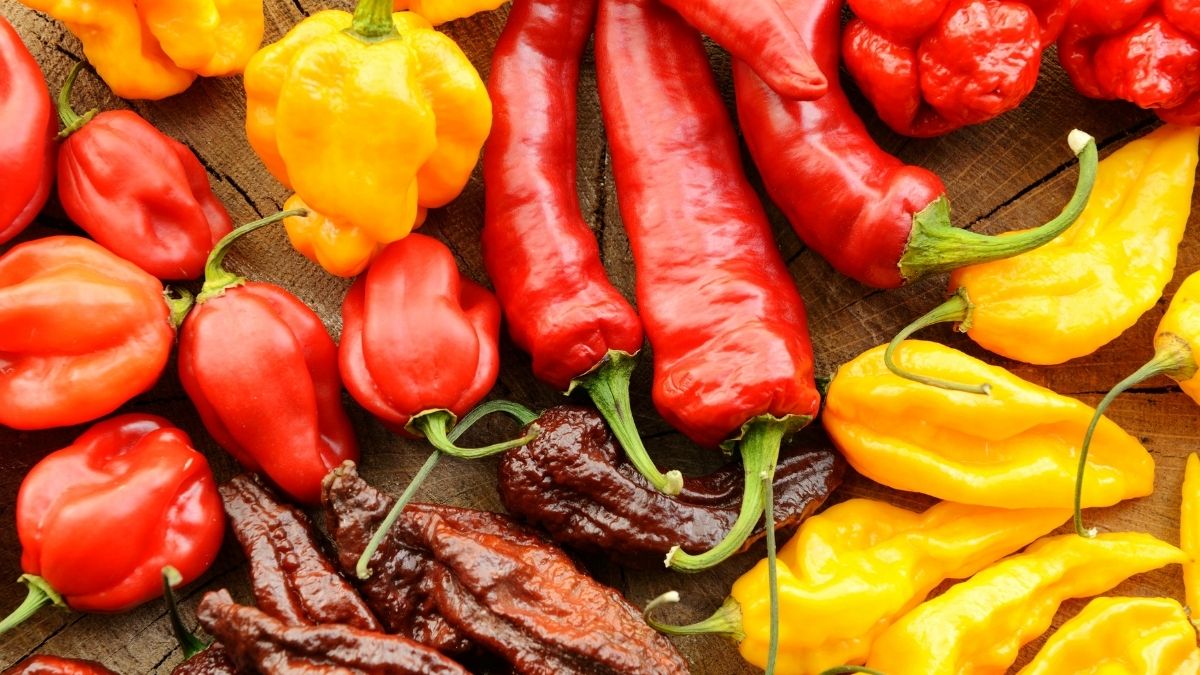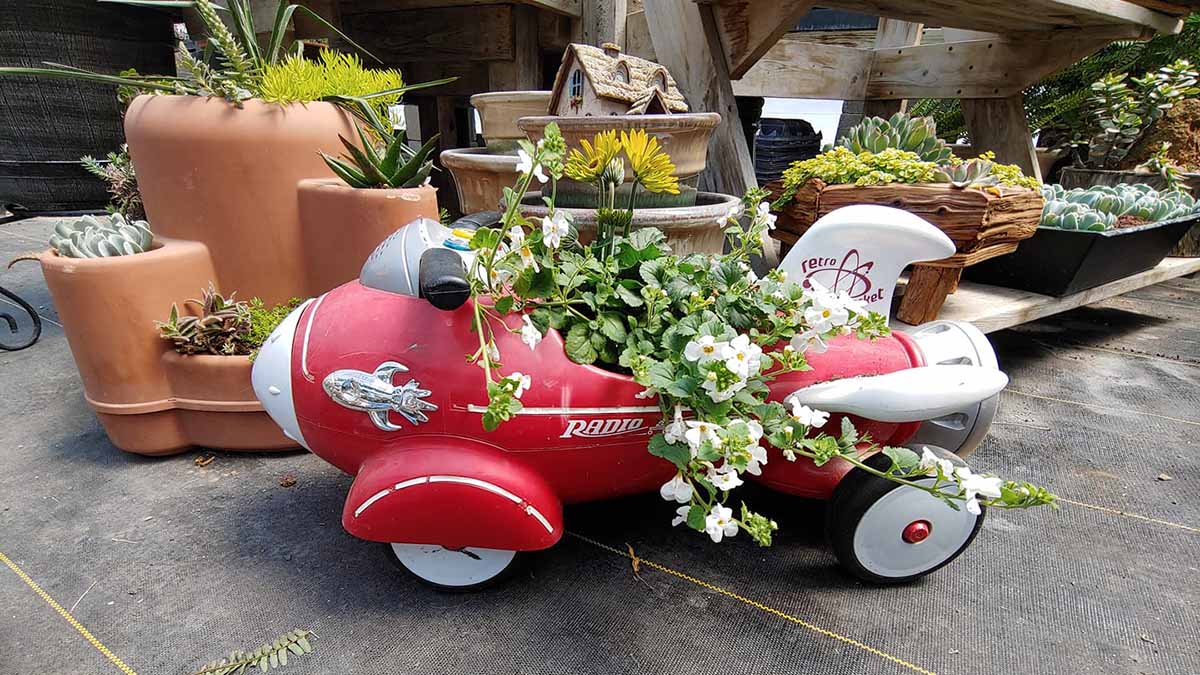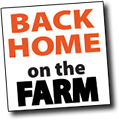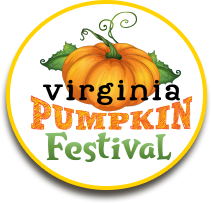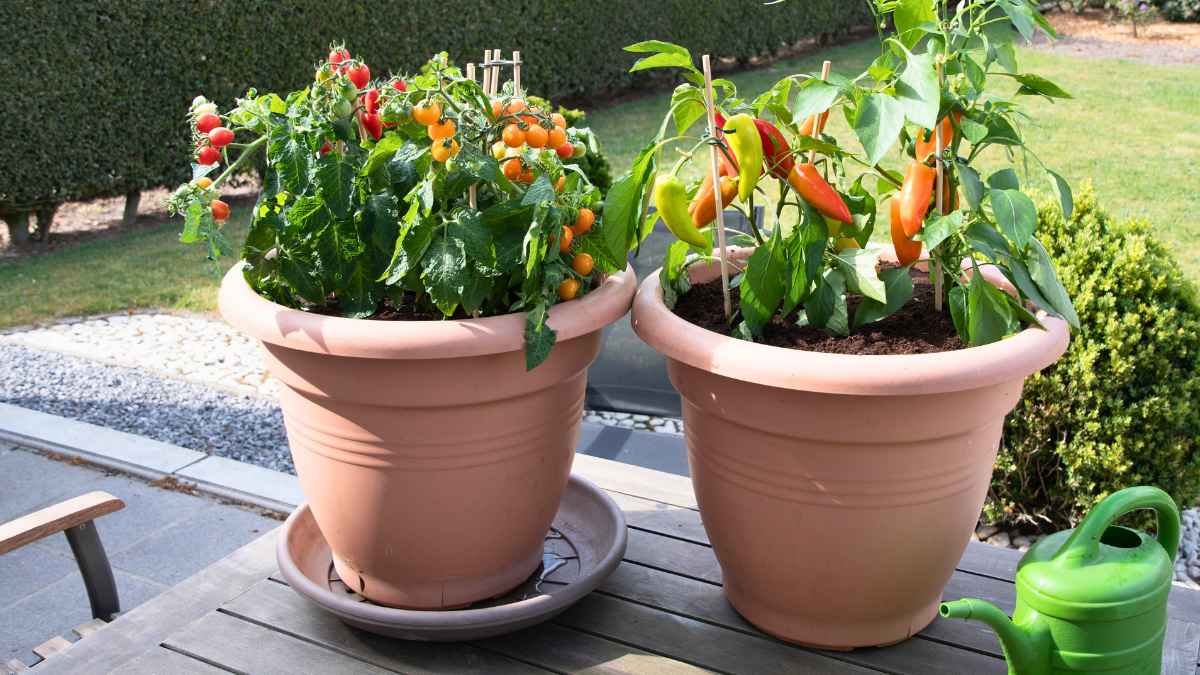
Growing vegetables requires surprisingly little space. Container gardening, the practice of growing plants in containers instead of in the ground, has emerged as a suitable option for people with limited yard space to grow their own food. Read the tips below to embrace the joys and overcome the challenges of container gardening, transforming your balcony, patio, or windowsill into a vibrant urban garden.
Unleashing Creativity with Containers
One of the most enchanting aspects of container gardening is the freedom it offers. From classic terracotta pots to repurposed wooden crates, the possibilities are endless. This versatility not only caters to the practical needs of the plants but also adds a personal touch to your small green space, reflecting your style and creativity. If you move, you can also take them with you, which is great for renters.
Choosing the Right Plants
The key to a thriving container garden is selecting the right plants. While almost any plant can be grown in a container, some are more suited to confined spaces than others. Herbs like basil, mint, and thyme are excellent for beginners due to their hardiness and utility. Compact vegetables like cherry tomatoes, peppers, lettuce, and radishes are also great options.
The Art of Potting
Successful container gardening hinges on proper potting. Choosing the right soil is crucial, as garden soil is too dense for container use. Instead, opt for a high-quality potting mix that ensures good drainage and aeration, which is critical for healthy root development. Additionally, ensure your containers have drainage holes to prevent waterlogging, which can lead to root rot.
Maximizing Limited Space
Urban gardening often means working with limited space, but with a bit of ingenuity, this constraint can become an asset. Vertical gardening techniques, such as hanging baskets, wall-mounted planters, or tiered shelving units, can significantly maximize your gardening space.
Nurturing Your Garden
Due to limited soil volume, container plants require more attention than their in-ground counterparts. Regular watering is essential, as containers dry out faster, especially during hot weather. However, avoid overwatering, as this can be just as detrimental as under-watering. Monitoring your plants for pests and diseases is also vital, as early detection can prevent potential outbreaks.
Embracing the Seasons
Container gardening offers the unique advantage of mobility. With the changing seasons, you can easily move your containers to optimize sunlight exposure or protect sensitive plants from harsh weather. This adaptability extends the growing season and ensures the longevity of your garden.
Visit our blog for more tasty recipes and gardening tidbits!



